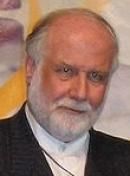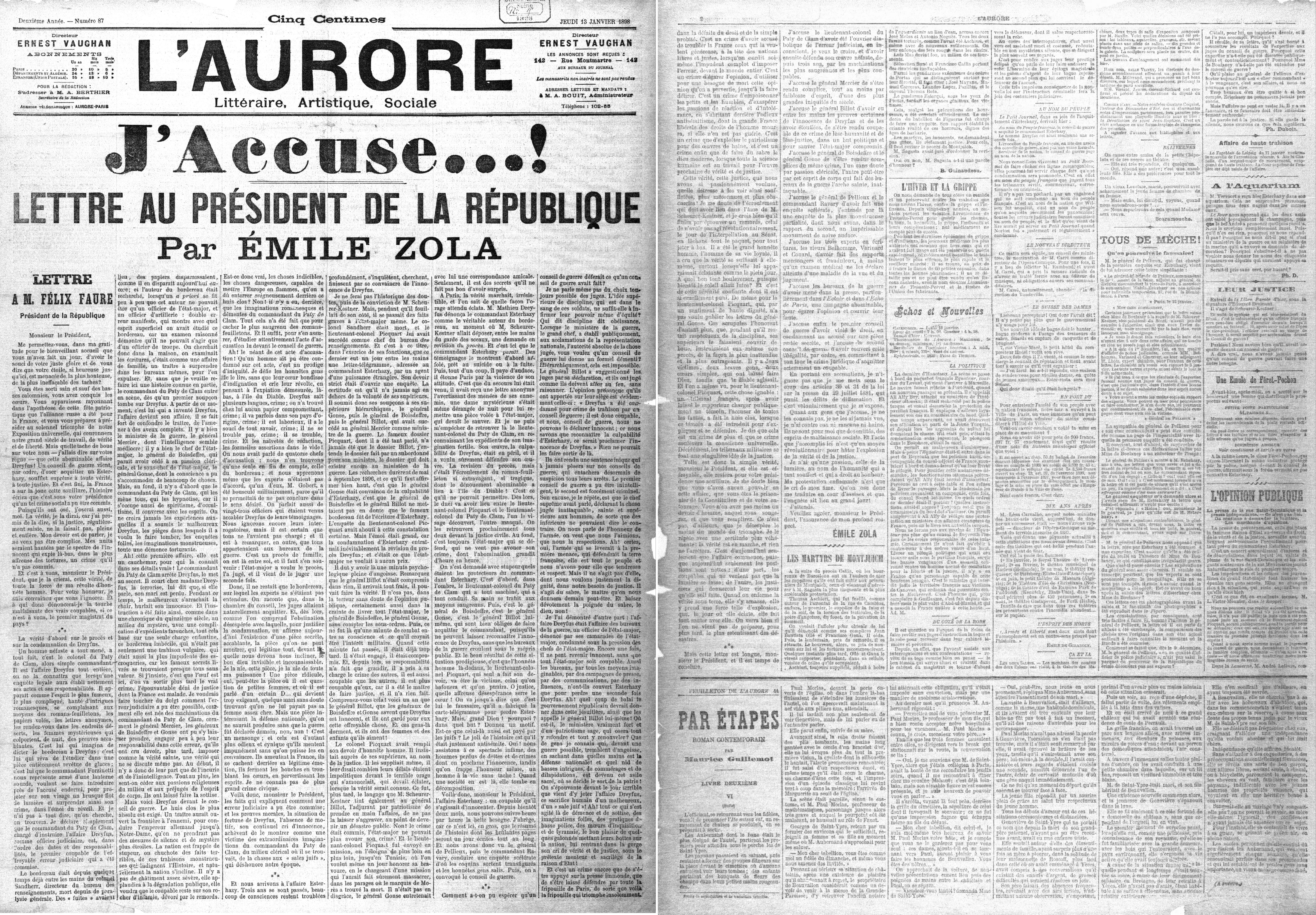|
Ebrahim Raisi Presidential Campaign, 2017
The 2017 Ebrahim Raisi presidential campaign began when Ebrahim Raisi, chairman of the Astan Quds Razavi, launched his campaign for the 2017 presidential election. Raisi's campaign pursued a populist agenda. Early stages In February 2017, Ebrahim Raisi was said to be backed by the Front of Islamic Revolution Stability and emerging as the conservative camp consensus candidate. One of the senior member of the front told press that his party tried to “persuade Ebrahim Raisi to stand for the elections, but did not succeed”. On 23 February 2017, Raisi won the majority of votes during the meeting held by Popular Front of Islamic Revolution Forces, a newly established umbrella organization of conservatives. 50 out of the 88 members of the Assembly of Experts, whose names has not been disclosed, have signed a letter supporting Raisi for president in March 2017. Branding It focuses on presenting him as a symbol of Mohammad Beheshti, Iran's chief justice assassinated in 19 ... [...More Info...] [...Related Items...] OR: [Wikipedia] [Google] [Baidu] |
Iranian Presidential Election, 2017
Presidential elections were held in Iran on 19 May 2017, the twelfth such election in Iran. Local elections were held simultaneously. Candidates' registration took place from 11 to 15 April 2017. Incumbent president Hassan Rouhani was eligible to run for re-election. His rivals were the conservatives' top candidate Ebrahim Raisi, the Islamic Coalition Party's Mostafa Mir-Salim and Mostafa Hashemitaba who ran with no partisan support. Rouhani was re-elected for a second term. According to results announced by the Interior Ministry, Rouhani received 23.5 of 41 million votes counted. His closest rival, Ebrahim Raisi, received 15.7 million votes. Rouhani was inaugurated on 5 August 2017 taking oath of office for the second time at the Parliament of Iran. Electoral system Eligibility Any Iranian citizen above 18 years of age was able to register as a presidential candidate. An institution called the Election Monitoring Agency (EMA) and managed by the Guardian Council vets regis ... [...More Info...] [...Related Items...] OR: [Wikipedia] [Google] [Baidu] |
Iranian Principlists
The Principlists ( fa, اصولگرایان, Osul-Garāyān, ), also interchangeably known as the Iranian Conservatives Open access material licensed under the Creative Commons Attribution-NonCommercial-NoDerivs 3.0 Unported License. and formerly referred to as the Right or Right-wing, are one of two main political camps inside post-revolutionary Iran, the other being Reformists. The term '' hardliners'' that some western sources use in the Iranian political context usually refers to the faction, although the principlist camp also includes more centrist tendencies. The camp rejects the ''status quo'' internationally, but tends to preserve it domestically. Within Iranian politics, a principlist refers to the conservative supporters of the Supreme Leader of Iran and advocates for protecting the ideological 'principles' of the Islamic Revolution’s early days. According to Hossein Mousavian, "The Principlists constitute the main right-wing/conservative political movement in Ira ... [...More Info...] [...Related Items...] OR: [Wikipedia] [Google] [Baidu] |
Vice President Of Iran
The vice president of Iran ( fa, معاون رئیسجمهور ایران) is defined by article 124 of the Constitution of the Islamic Republic of Iran, Constitution of Iran, as anyone appointed by the president of Iran to lead an organization related to presidential affairs. , there are 12 vice presidents in Iran. The first vice president ( fa, معاوناول) leads cabinet meetings in the absence of the president. Vice presidents First vice president The role of the first vice president was created in the revision of the Constitution of the Islamic Republic of Iran, Constitution in 1989. It took over some of the responsibilities of the Prime Minister of Iran, prime minister. According to Article 124, the first vice president chairs the board of ministers and coordinates the other vice presidencies, if let by the president. According to Article 131, the first vice president takes over as acting president in cases where the President in incapacitated, but only if permitte ... [...More Info...] [...Related Items...] OR: [Wikipedia] [Google] [Baidu] |
Mohammad Bagher Ghalibaf
Mohammad Bagher Ghalibaf or Mohammad Baqer Qalibaf ( fa, محمد باقر قالیباف, born 23 August 1961) is an Iranian conservative politician, former military officer, and current Speaker of the Parliament of Iran since 2020. He held office as the Mayor of Tehran from 2005 to 2017. Ghalibaf was formerly Iran's Chief of police from 2000 to 2005 and commander of the Revolutionary Guards' Air Force from 1997 to 2000. He holds a Ph.D. in political geography from Tarbiat Modares University. He is also a pilot, certified to fly certain Airbus aircraft. He began his military career during the Iran–Iraq War in 1980. He became chief commander of the Imam Reza Brigade in 1982 and was chief commander of Nasr Division from 1983 to 1984. After the end of the war, he became Managing-Director of Khatam al-Anbia, an engineering firm controlled by the Islamic Revolutionary Guard Corps and was appointed as commander of the IRGC Air Force in 1996 by Ali Khamenei. Four years later, he be ... [...More Info...] [...Related Items...] OR: [Wikipedia] [Google] [Baidu] |
Iranian National Identity Card
The Iranian identity card is the primary identity document in Iran. Every citizen age of 15 and above, whether resident or not, needs to apply for such a card, which bears their unique national identity number, given name, surname, birth date, and postal code. The current version of this card is called the national smart card ( fa, کارت هوشمند ملّی) and is the successor of the national card ( fa, کارت ملّی). This card is intended to reduce the need for the more valuable Iranian identity booklet, which is issued at birth. The National Organization For Civil Registration began issuing national smart cards in 2015. At the time, the application was voluntary. As with other smart cards, the national card features a smart chip and an RFID. The Iranian authorities initially advertised this card as a means of secure participation in elections that guarantees voting integrity. Smart national card program The materiel required for development was unavailable The sho ... [...More Info...] [...Related Items...] OR: [Wikipedia] [Google] [Baidu] |
Hassan Rouhani
Hassan Rouhani ( fa, حسن روحانی, Standard Persian pronunciation: ; born Hassan Fereydoun ( fa, حسن فریدون, links=no); 12 November 1948) is an Iranian politician who served as the seventh president of Iran from 2013 to 2021. He is also a sharia lawyer ("Wakil"), academic, former diplomat and Islamic cleric. He has been a member of Iran's Assembly of Experts since 1999. He was a member of the Expediency Council from 1991 to 2021, and also was a member of the Supreme National Security Council from 1989 to 2021. Rouhani was deputy speaker of the fourth and fifth terms of the Parliament of Iran ( Majlis) and Secretary of the Supreme National Security Council from 1989 to 2005. In the latter capacity, he was the country's top negotiator with the EU three, UK, France, and Germany, on nuclear technology in Iran, and has also served as a Shia mujtahid (a senior cleric), and economic trade negotiator. On 7 May 2013, Rouhani registered for the presidential election ... [...More Info...] [...Related Items...] OR: [Wikipedia] [Google] [Baidu] |
Open Letter
An open letter is a Letter (message), letter that is intended to be read by a wide audience, or a letter intended for an individual, but that is nonetheless widely distributed intentionally. Open letters usually take the form of a letter (message), letter addressed to an individual but provided to the public through newspapers and other media, such as a letter to the editor or blog. Especially common are critical open letters addressed to political leaders. Letters patent are another form of open letter in which a legal document is both mailed to a person by the government and publicized so that all are made aware of it. Open letters can also be addressed directly to a group rather than any individual. Two of the most famous and influential open letters are ''J'accuse...!'' by Émile Zola to the President of France, accusing the French government of wrongfully convicting Alfred Dreyfus for alleged espionage, and Martin Luther King Jr.'s ''Letter from Birmingham Jail'', inclu ... [...More Info...] [...Related Items...] OR: [Wikipedia] [Google] [Baidu] |
Liwa Fatemiyoun
Liwa Fatemiyoun ( ar, لِوَاء الْفَاطِمِيُّون, Liwā’ al-Fāṭimīyūn, Persian/Dari: or ), literally "Fatimid Banner", also known as Fatemiyoun Division or Fatemiyoun Brigade, is an Afghan Shia militia formed in 2014 to fight in Syria on the side of the Syrian government.The group's officially designated purpose, is the defense of the shrine of Zaynab bint Ali, and to fight "''takfiri terrorists''" in Syria, which would come to include the Islamic State (IS). It is funded, trained, and equipped by the Islamic Revolutionary Guard Corps (IRGC), and fights under the command of Iranian officers. Both the Fatemiyoun Brigade and the Iranian government downplay their relationship with one another, despite clear coordination and the brigade's operation under the auspices of the IRGC. Liwa Fatemiyoun is also closely associated with Hezbollah Afghanistan. By late 2017, the unit was presumed to have numbered between 10,000–20,000 fighters. According to Zohair Moj ... [...More Info...] [...Related Items...] OR: [Wikipedia] [Google] [Baidu] |
Tehran
Tehran (; fa, تهران ) is the largest city in Tehran Province and the capital of Iran. With a population of around 9 million in the city and around 16 million in the larger metropolitan area of Greater Tehran, Tehran is the most populous city in Iran and Western Asia, and has the second-largest metropolitan area in the Middle East, after Cairo. It is ranked 24th in the world by metropolitan area population. In the Classical era, part of the territory of present-day Tehran was occupied by Rhages, a prominent Median city destroyed in the medieval Arab, Turkic, and Mongol invasions. Modern Ray is an urban area absorbed into the metropolitan area of Greater Tehran. Tehran was first chosen as the capital of Iran by Agha Mohammad Khan of the Qajar dynasty in 1786, because of its proximity to Iran's territories in the Caucasus, then separated from Iran in the Russo-Iranian Wars, to avoid the vying factions of the previously ruling Iranian dynasties. The capital has been ... [...More Info...] [...Related Items...] OR: [Wikipedia] [Google] [Baidu] |
Mohammad Beheshti
Mohammad Hosseini Beheshti ( fa, سیّد محمد حسینی بهشتی; 24 October 1928 – 28 June 1981) was an Iranian jurist, philosopher, cleric and politician who was known as the second person in the political hierarchy of Iran after the revolution. Beheshti is considered to have been the primary architect of Iran's post-revolution constitution, as well as the administrative structure of the Islamic republic. Beheshti is also known to have selected and trained several prominent politicians in the Islamic Republic, such as former presidents Hassan Rouhani and Mohammad Khatami, Ali Akbar Velayati, Mohammad Javad Larijani, Ali Fallahian, and Mostafa Pourmohammadi. Beheshti also served as the Secretary General of the Islamic Republic Party, and was the head of the Iranian judicial system. He further served as Chairman of the Council of Islamic Revolution, and the Assembly of Experts. Beheshti earned a PhD in Philosophy, and was fluent in English, German and Arabic. Beheshti ... [...More Info...] [...Related Items...] OR: [Wikipedia] [Google] [Baidu] |






